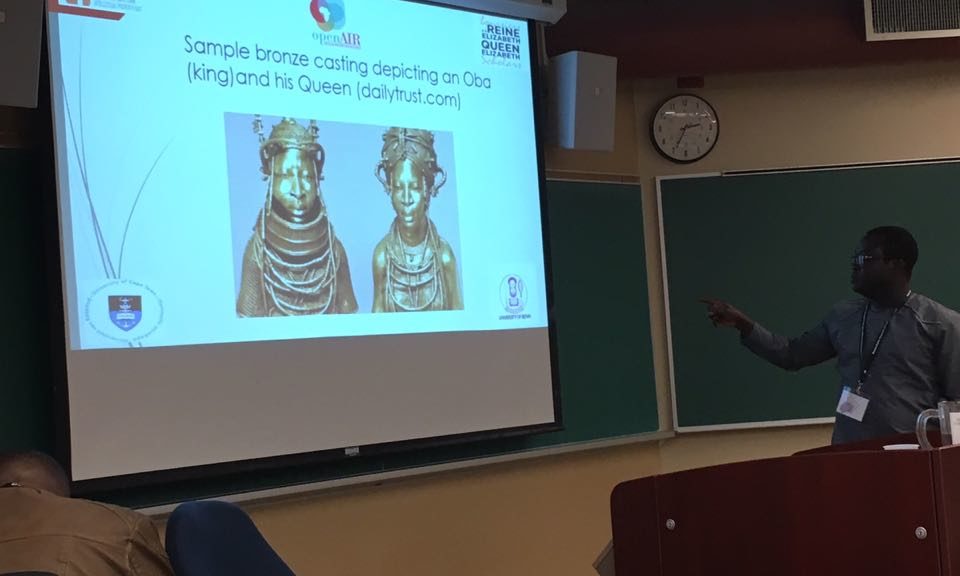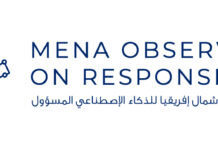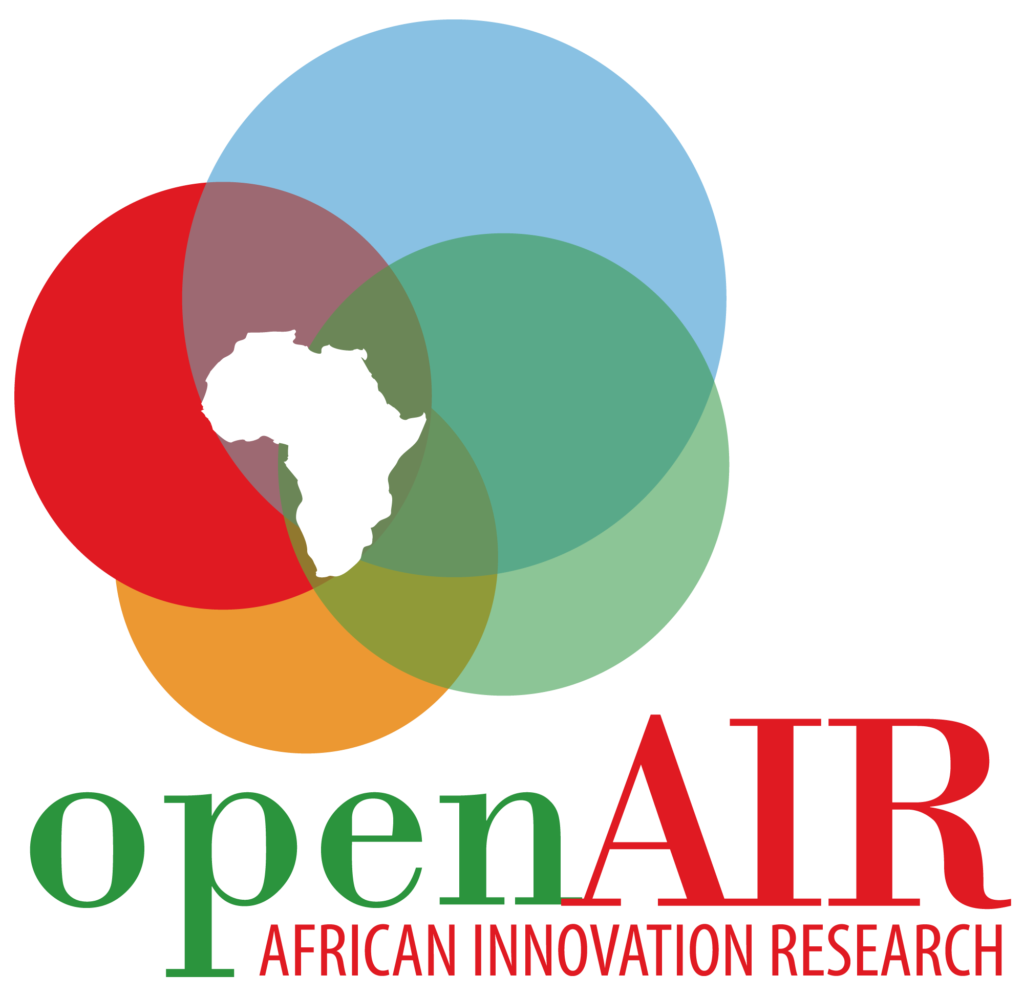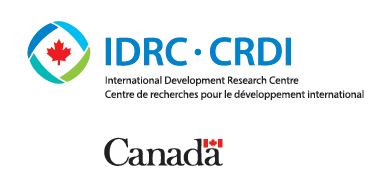Gender issues are increasingly being discussed with regard to intellectual property (IP) and traditional knowledge (TK), especially from an African innovation perspective. Generally, concepts such as authorship, innovation and ownership, which underpin IP law, are defined from masculine perspectives and are not easily adaptable to TK and innovative or creative endeavours that are traditionally the domain of women, such as cooking, crocheting, quilting, bead-work, among others. Moreover, women face systemic barriers, including in some cases exclusionary customary norms, to their participation in mainstream innovative and creative ventures.
This past month, at the International Conference on Legal Pluralism, I presented a paper based on my Open AIR and Queen Elizabeth Scholars funded research. The conference is an event of the Commission on Legal Pluralism, which brings together multidisciplinary scholars from around the globe whose research focus on customary law, indigenous peoples and indigenous knowledge, gender studies, citizenship, and intellectual property (IP) law, and more.

I am a lecturer currently on study leave from the University of Benin, Nigeria, where I have been completing a PhD at the University of Cape Town, South Africa. As a QES Fellow, I have been able to have the privilege of being a visiting researcher in the University of Ottawa’s Centre for Law, Technology and Society.
My paper was based on the Benin Bronze Casting Art, which has its hub in Igun Street, Benin City in Edo State of Nigeria. The Benin bronze casting art has a very rich history and substantial literature, that has examined its historical, anthropological, and social dimensions. The IP, TK, and gender perspectives, however, have not been fully explored, if at all. In addition, the economic potential of the art has not been fully harnessed locally despite its international acclaim.
The Benin bronze casting art, is hinged on the traditional and cultural creativity of the Benin people and is customarily limited to the men of the bronze casting families. My paper proceeds on the premise that emphasising its IP, TK, and gender dimensions will lead to inclusive participation and increasing public interest in the craft. This may, in turn lead to economic empowerment of the bronze casters, including women of the bronze casting families when they are allowed to participate in the craft. Based on this, my paper, which is a work in progress, aims to shape future research on the Benin bronze casting art by highlighting and examining the IP, TK, and gender issues relating to the art.
My paper was presented before the “Indigenous courts, commerce and (intellectual) property” panel of the conference. The panel was made up of scholars from Italy, Indonesia, Canada, and South Africa. I felt it was well received as it attracted very insightful comments. Interestingly, my paper resonated with the research interest of one of the panellists, Sartika Intaning Pradhani of the Adat Law Department, Faculty of Law, Universitas Gadjah Mada, Indonesia. Sartika is interested in exploring the IP, TK and gender perspective of some traditional art in Indonesia and was interested in the parallels and differences. Overall, I had a great time at the conference, which allowed me to present my ongoing research to a varied audience of peers. This allowed me to not only have new perspectives on my research, but also which parts may need more work to better showcase the innovation happening among Benin bronze casters in Nigeria.









